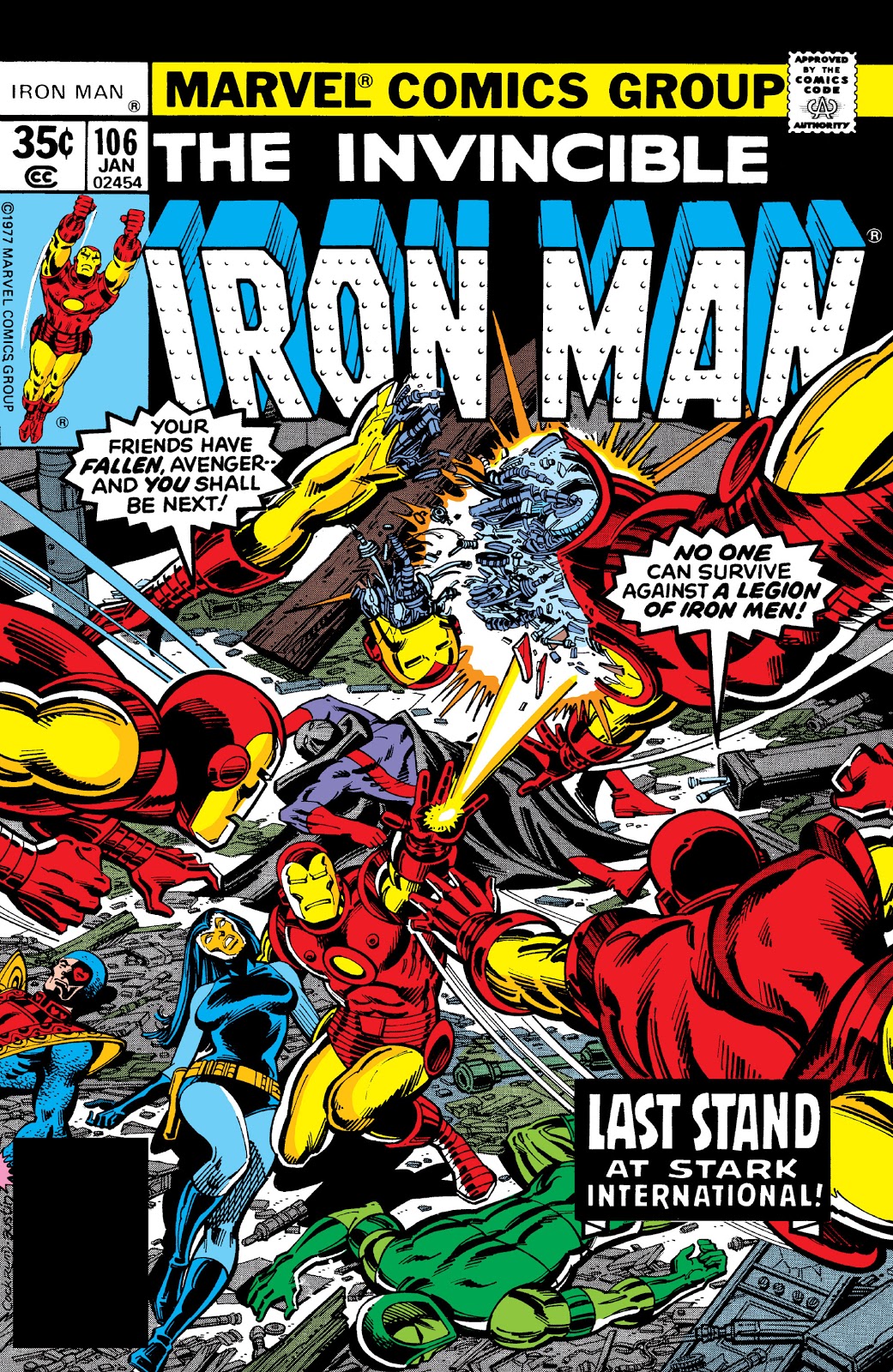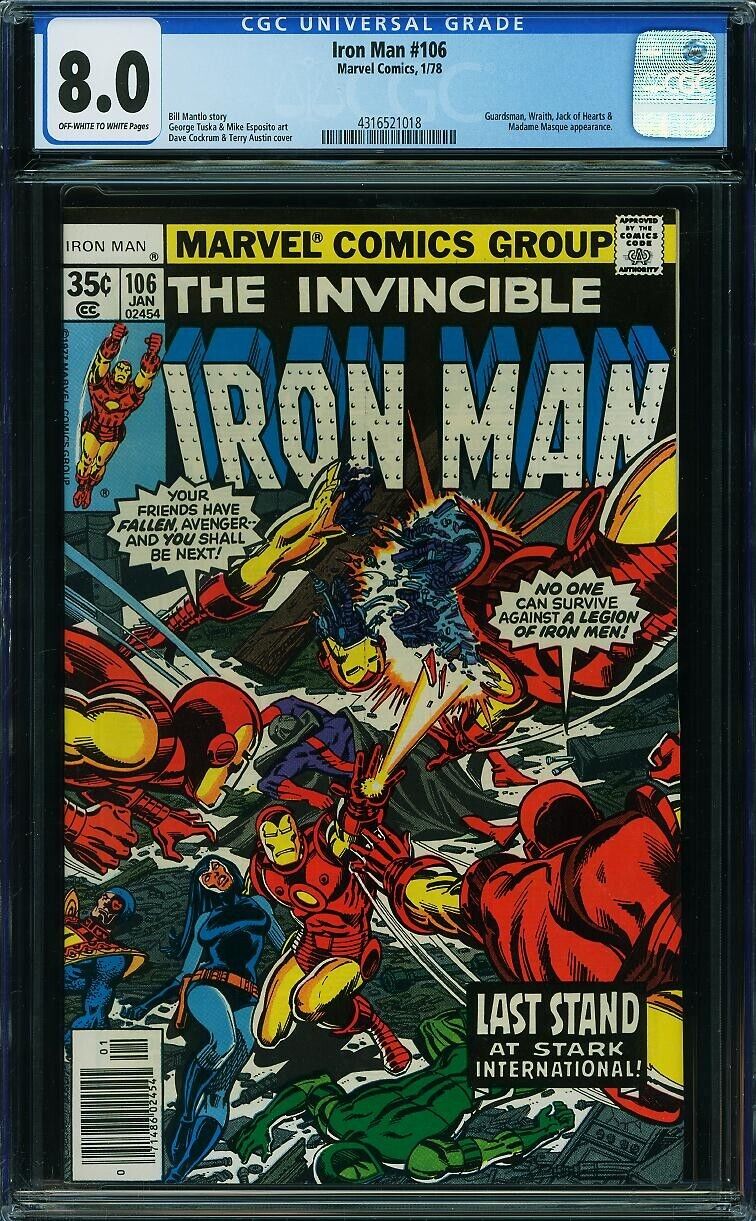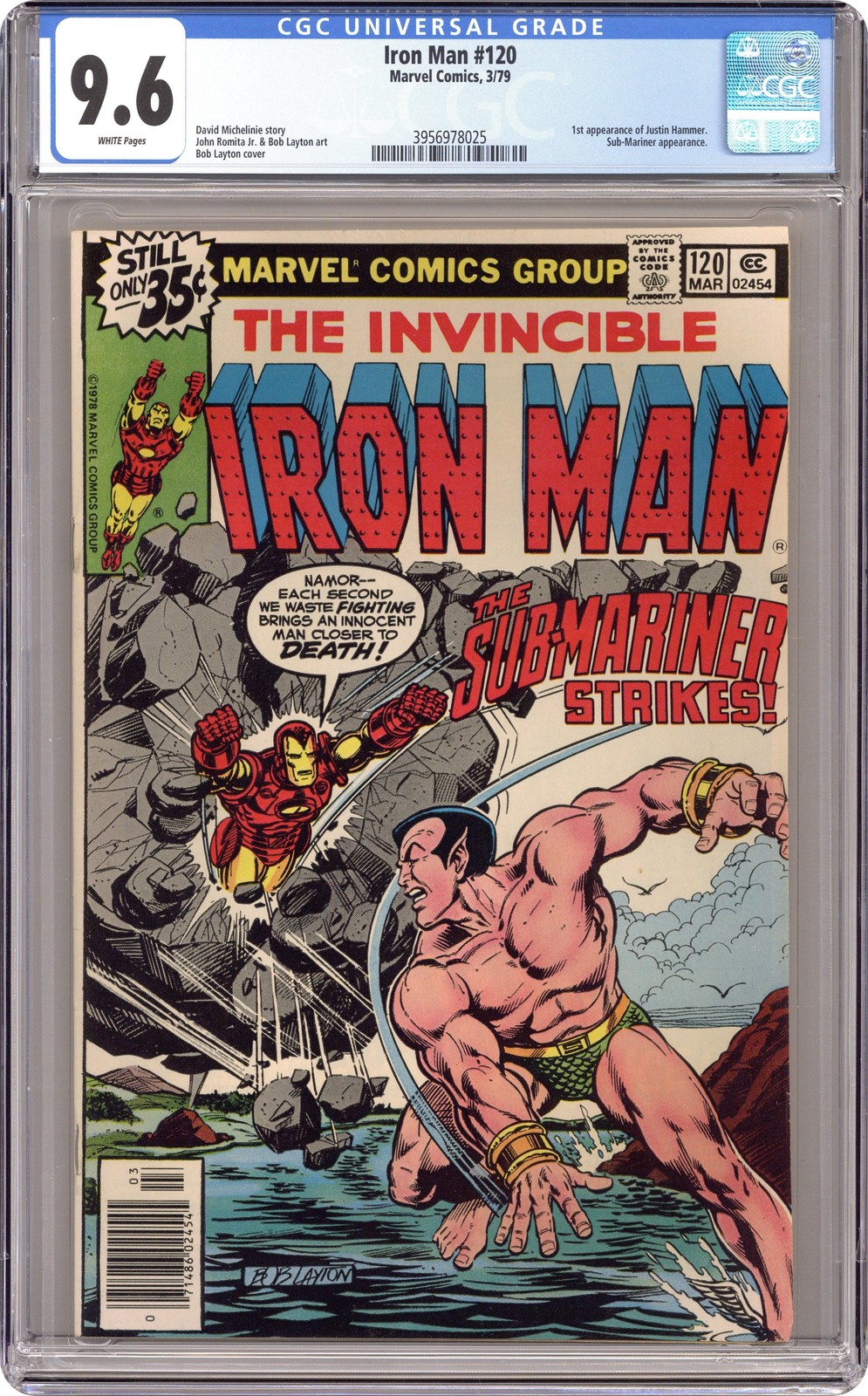Alright guys, so today I'm gonna walk you through my latest project: the Iron Man Mark XLVI (that's 46 for those not fluent in Roman numerals!). It's been a wild ride, full of ups and downs, but I finally got it to a point where I'm happy to share it.
The Idea:
It all started with wanting a really detailed Iron Man suit. I mean, there are tons of models out there, but I wanted something mine, y'know? The Mark XLVI always stood out to me because of its sleek design and the awesome Civil War fight scenes. Plus, it's a good balance between the earlier, chunkier suits and the later, super-streamlined ones.

The Build:
First, I dove headfirst into the 3D modeling. I used Blender for this, and let me tell you, it was a learning curve. I started by blocking out the basic shapes, then slowly added more and more detail. I spent hours staring at reference images, making sure every panel line and curve was accurate. This stage was the most time-consuming, but also the most rewarding. Seeing the suit slowly come to life on the screen was just... awesome.
Next up was 3D printing. I split the model into a bunch of smaller parts to fit on my printer. I used PLA for most of the parts, but for some of the more stressed areas, I used PETG. The printing process took weeks, with some parts taking over 24 hours to print. There were plenty of failed prints along the way, but that's just part of the game, right?
The Assembly:
Once all the parts were printed, it was time to assemble the suit. This involved a lot of sanding, filling, and gluing. I used Bondo to fill in any gaps and imperfections, then sanded everything smooth. I also added some internal supports to make the suit more rigid. Getting everything to fit together perfectly was a real challenge, but I eventually managed to get it all sorted out.

Then came the painting. I started with a base coat of primer, then applied several coats of red and gold paint. I used masking tape to create the different color zones, and I think it turned out pretty good. After the paint was dry, I applied a clear coat to protect it and give it a nice shine.
The Electronics:
No Iron Man suit is complete without lights! I added LEDs to the eyes, the arc reactor, and the repulsors. I used an Arduino to control the lights, and I even added a few different light patterns. The wiring was a bit of a pain, but I managed to get everything tucked away neatly inside the suit.
The Challenges:
- Scaling the model correctly was tough. I had to take a bunch of measurements of my own body and adjust the model accordingly.
- Printing large parts without warping was a constant battle. I had to tweak my printer settings and use a heated bed to get good results.
- Getting the paint to look just right was tricky. I experimented with different types of paint and techniques until I found something that worked.
The Result:

After months of hard work, the Iron Man Mark XLVI suit is finally complete! It's not perfect, but I'm really proud of how it turned out. It's a testament to what you can achieve with a little bit of patience and a lot of determination.
Final Thoughts:
This project was a huge learning experience for me. I learned a lot about 3D modeling, 3D printing, painting, and electronics. It was also a lot of fun, and I can't wait to start my next project! What should I build next?










